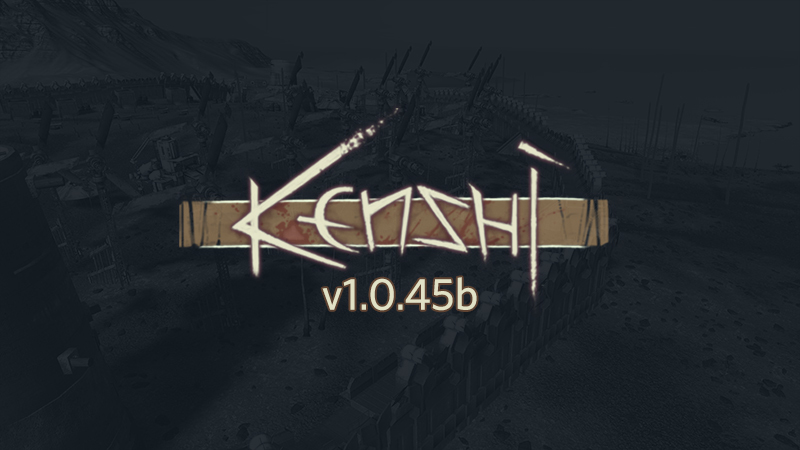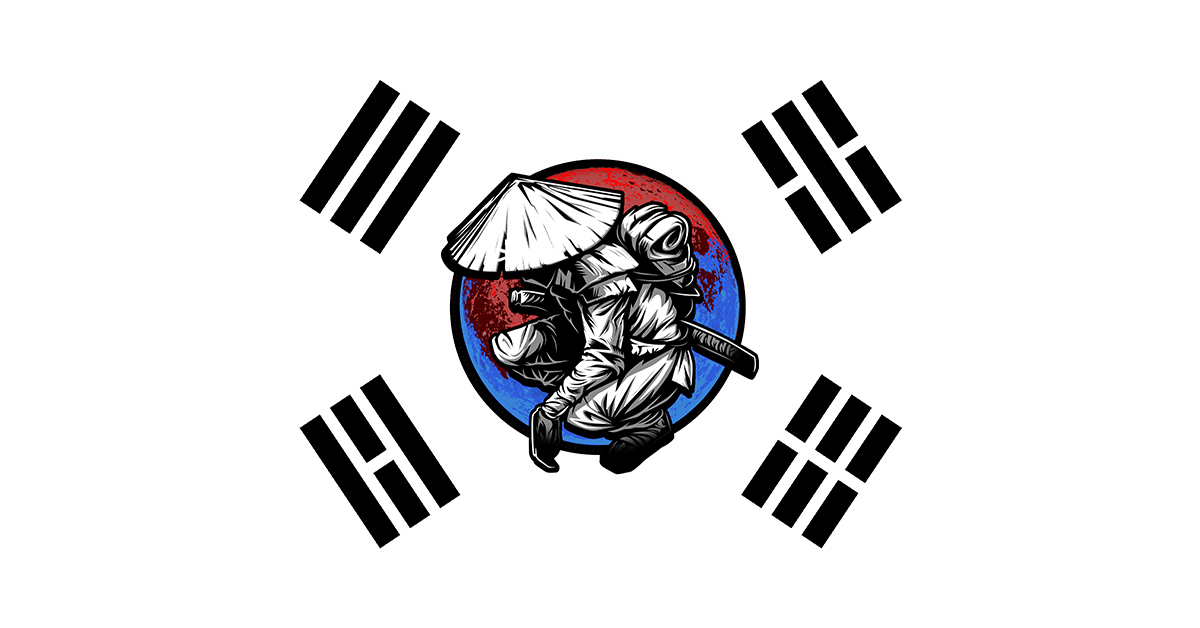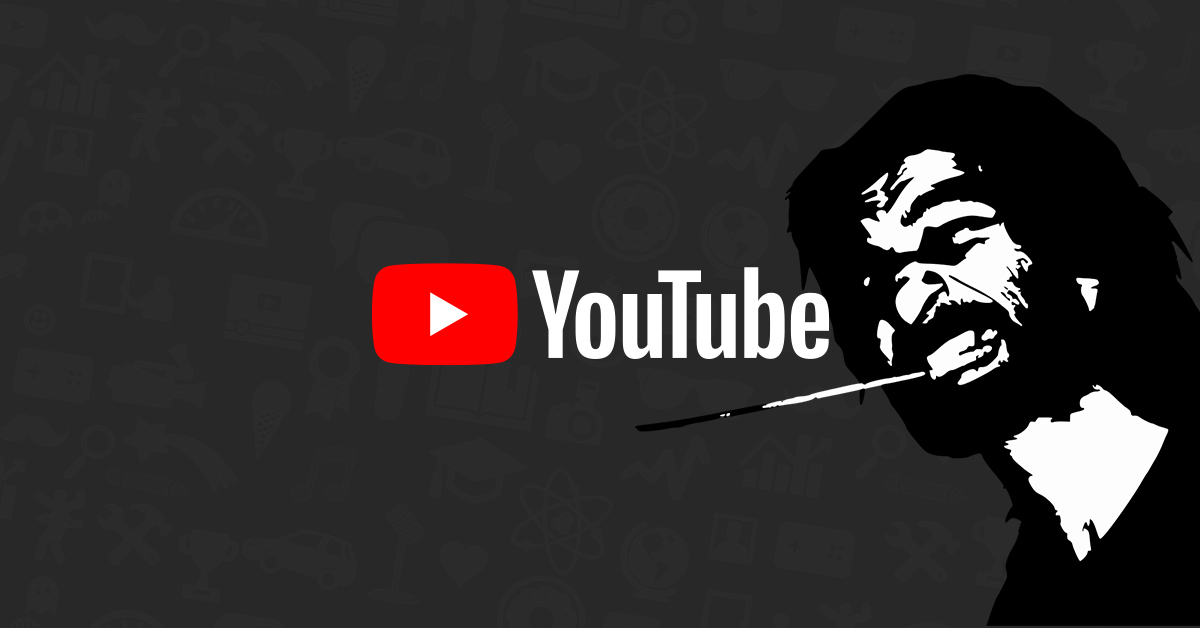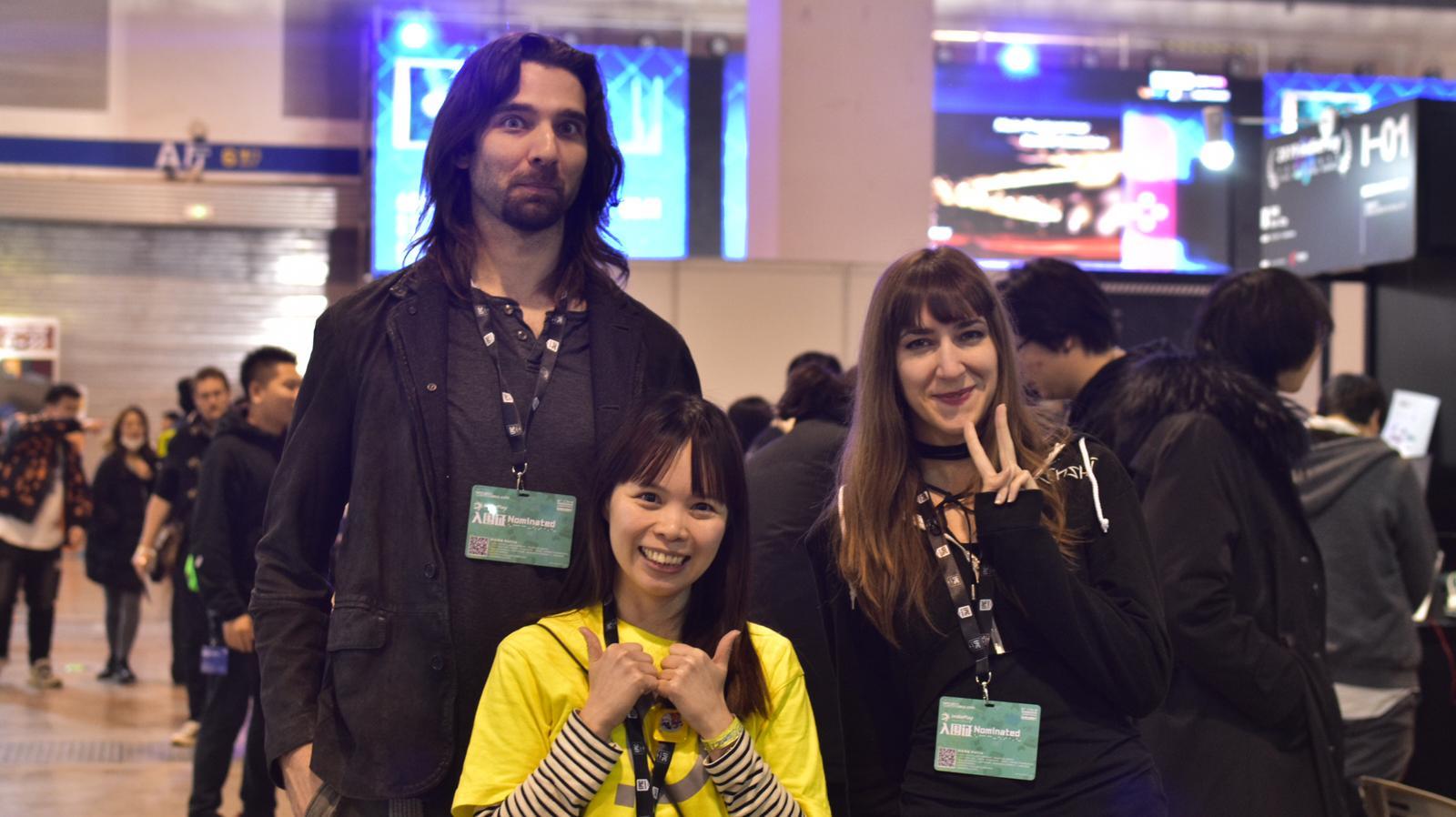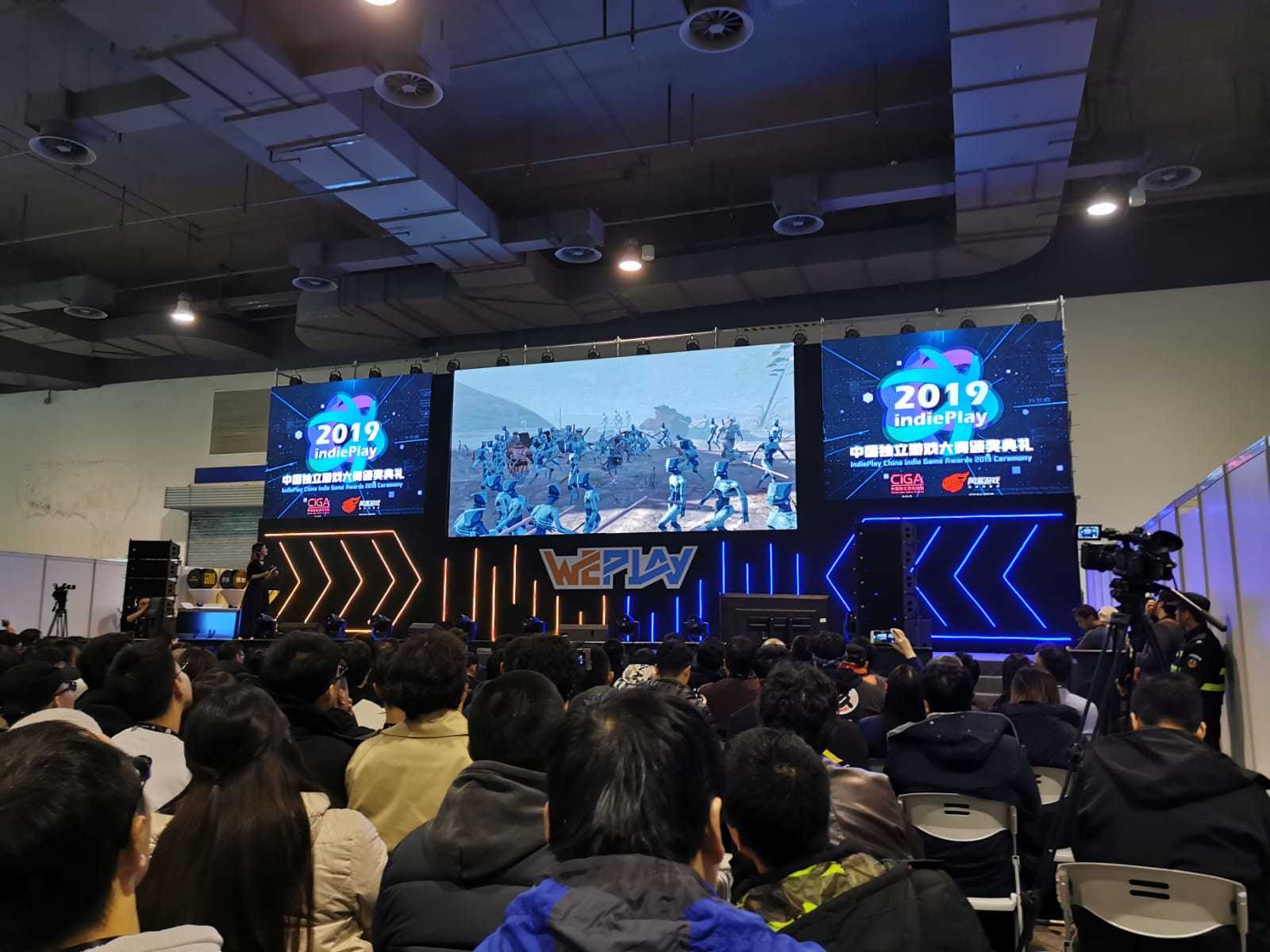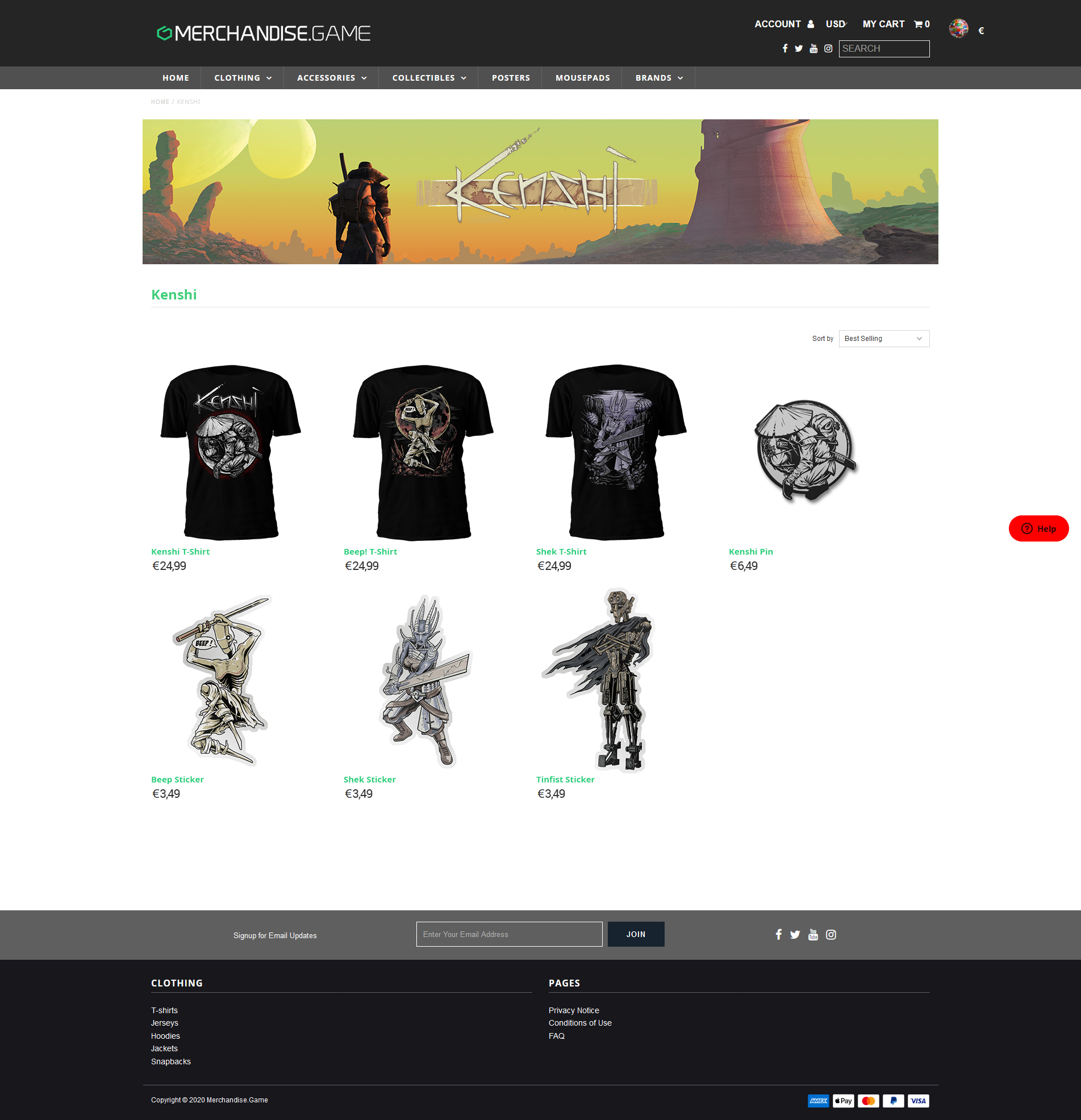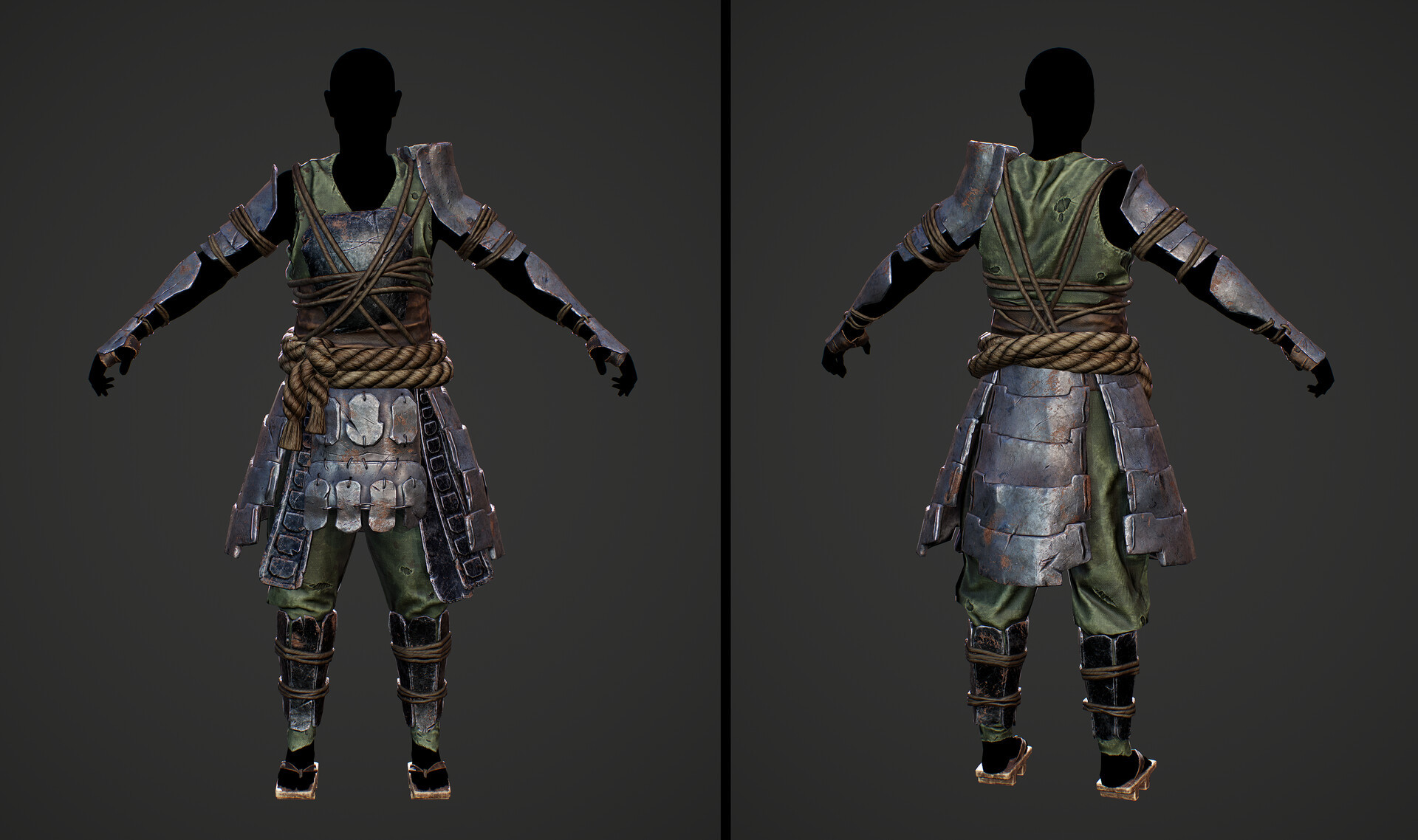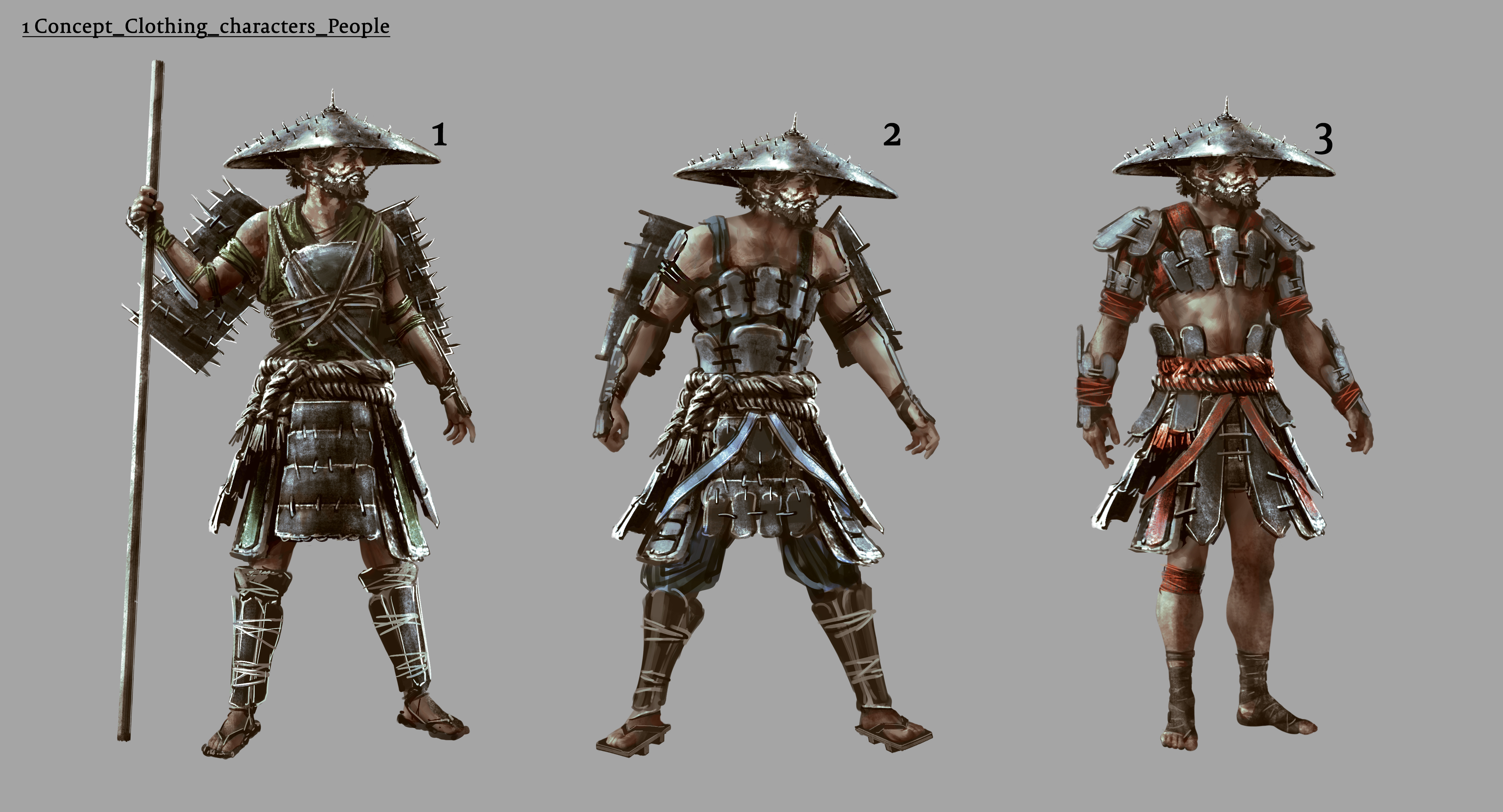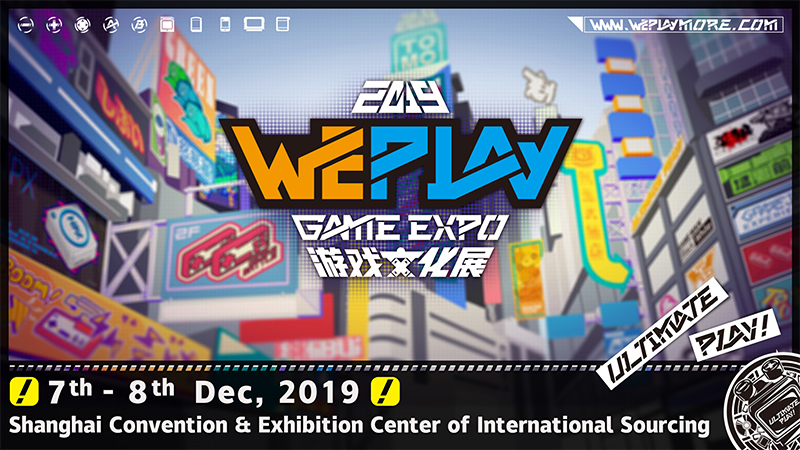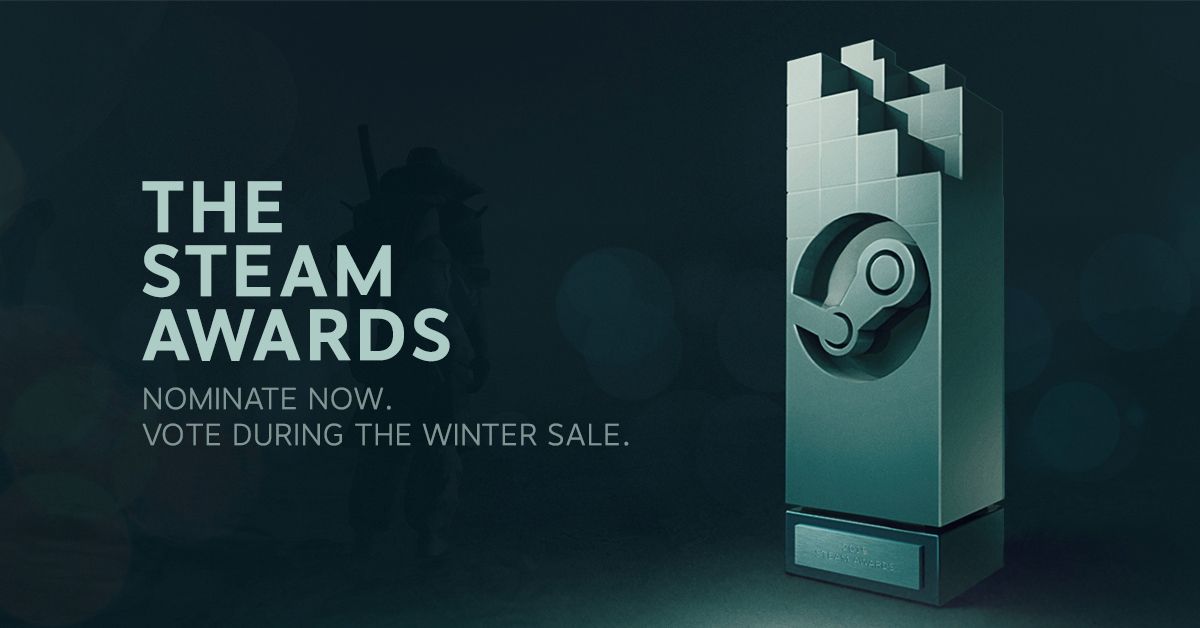
Mar 16, 2020
Kenshi - Caliburn
In this month’s community update we wanted to acknowledge teaming up on the trailer, share some important news regarding the recent Korean translation, and provide some more details on what’s going on with Kenshi 2.
We’re incredibly pleased to see all the positive comments about the result, making it a notable entry for our new YouTube channel which also offers Japanese, Chinese and Korean versions of the same video. In future we’d like to do more collaborative projects with members of the community, level up awesome ideas that might otherwise stay on the drawing board, and celebrate alongside the fans that make Kenshi great.
Our current plan is to revisit this translation with a much stronger emphasis on context and error checking to update it as soon as possible, current projections put this at around 10 weeks. Unfortunately this has also lead us to reconsider Korean social media efforts. In the meantime, Korean Twitter and Facebook coverage is set to continue for at least another month, keeping users updated on the status of the translation.
With the initial setup out of the way we’re now looking for Korean community members to take over. The Korean Wiki can be found here
Finally, there’s a whole lot more going on behind the scenes with other members of the programming and art teams for Kenshi 2; all of which would be working closely with the successful applicants for each of the roles we’re hiring for. On the topic of abstract studio stuff, we also fixed some of the stranger behaviour with the sign-ups for our mailing list meaning we’ll look for more excuses to use it in the near future, also making it a great alternative way of getting these news posts for fans of Kenshi that prefer to stay outside of Steam’s ecosystem.
New Trailer
At the end of January we contacted Kokoplays to work with us on a new video that would coincide with our latest patch. The main aim was to give potential players an honest look at the game and an overview of what publications and users think of it. If you missed it, check it out below:We’re incredibly pleased to see all the positive comments about the result, making it a notable entry for our new YouTube channel which also offers Japanese, Chinese and Korean versions of the same video. In future we’d like to do more collaborative projects with members of the community, level up awesome ideas that might otherwise stay on the drawing board, and celebrate alongside the fans that make Kenshi great.
Korean Translation update
At the end of last month we pushed a patch with a number of bug fixes alongside the official support for Korean language text, thanks to detailed user feedback and the assistance of a freelance third party to verify, we’ve been made aware that the quality of this translation hasn’t met a standard we’re happy with. Our current plan is to revisit this translation with a much stronger emphasis on context and error checking to update it as soon as possible, current projections put this at around 10 weeks. Unfortunately this has also lead us to reconsider Korean social media efforts. In the meantime, Korean Twitter and Facebook coverage is set to continue for at least another month, keeping users updated on the status of the translation.
Korean Wiki – looking for editors
On a more positive note, due to the popularity of Wikis in eastern gaming communities we worked with a member of our existing English Fandom Wiki team to start up a Korean version, mirroring a number of key pages to assist new users. With the initial setup out of the way we’re now looking for Korean community members to take over. The Korean Wiki can be found here
GUI Development
In the interests of shedding more light on the Kenshi 2 progress from the technical team, this month we’re sharing some thoughts on the ongoing work underpinning GUI development directly from programmer Boodals:“Hey, I'm Boodals, the newest programmer at LoFi. Ever since I was first hired in November, I've been working on remaking the GUIs from Kenshi 1 in Unreal Engine for Kenshi 2. Its too early in development to know everything that the GUIs need to be able to do, so we're just copying the designs (graphics & layout) from K1, and focusing entirely on getting the functionality working so we can test things. That means they currently look like uglier versions of the K1 GUIs, so there's no point in showing any pictures yet, somebody will make them look pretty at some point in the future.Harrison first took up coding to make mods for various games before pursuing it as a career choice, which gives us another great point of insight as we make a conscious effort to support the community’s efforts again in Kenshi 2.
The GUIs in Kenshi 1 were made using a programming library called MyGUI, which allows modders to reskin GUIs, and move individual GUI elements (buttons, text, sliders, etc) around by changing specific files. However, the GUI's functionality was hard-coded in the game's source code, which cannot be changed by modders. This means you cannot make a mod which adds a new button, only change what every button looks like, or move existing buttons around.
For Kenshi 2, we are using Unreal Engine which comes with it's own GUI system called Unreal Motion Graphics, or UMG for short. UMG is tied closely to Unreal's Blueprint scripting system, which is used to give the GUIs functionality.
We don't entirely know how modding will work for K2, but when we looked at other Unreal games that allow modding (such as ARK: Survival Evolved), both UMG and Blueprint is completely available. So in theory, modders will be able to change the game's GUIs, and script them to be able to do just about anything. This is in addition to the Forgotten Construction Set, so mods that add or change weapons, armour, items, buildings, and most other things in K1 will still be possible.”
Materials Research
Elsewhere in the programming team, there’s been an ongoing investigation of Unreal’s material system which governs a huge number of visual elements and object interactions. Ranging from basic properties such as colour and transparency to complex physics based lighting and weather functions. We’re not just aiming to step up the visual quality in Kenshi 2, it also gives us a great opportunity to make the world itself feel more dynamic (which is part of what’s pushed us to search for a full time technical artist). Finally, there’s a whole lot more going on behind the scenes with other members of the programming and art teams for Kenshi 2; all of which would be working closely with the successful applicants for each of the roles we’re hiring for. On the topic of abstract studio stuff, we also fixed some of the stranger behaviour with the sign-ups for our mailing list meaning we’ll look for more excuses to use it in the near future, also making it a great alternative way of getting these news posts for fans of Kenshi that prefer to stay outside of Steam’s ecosystem.





